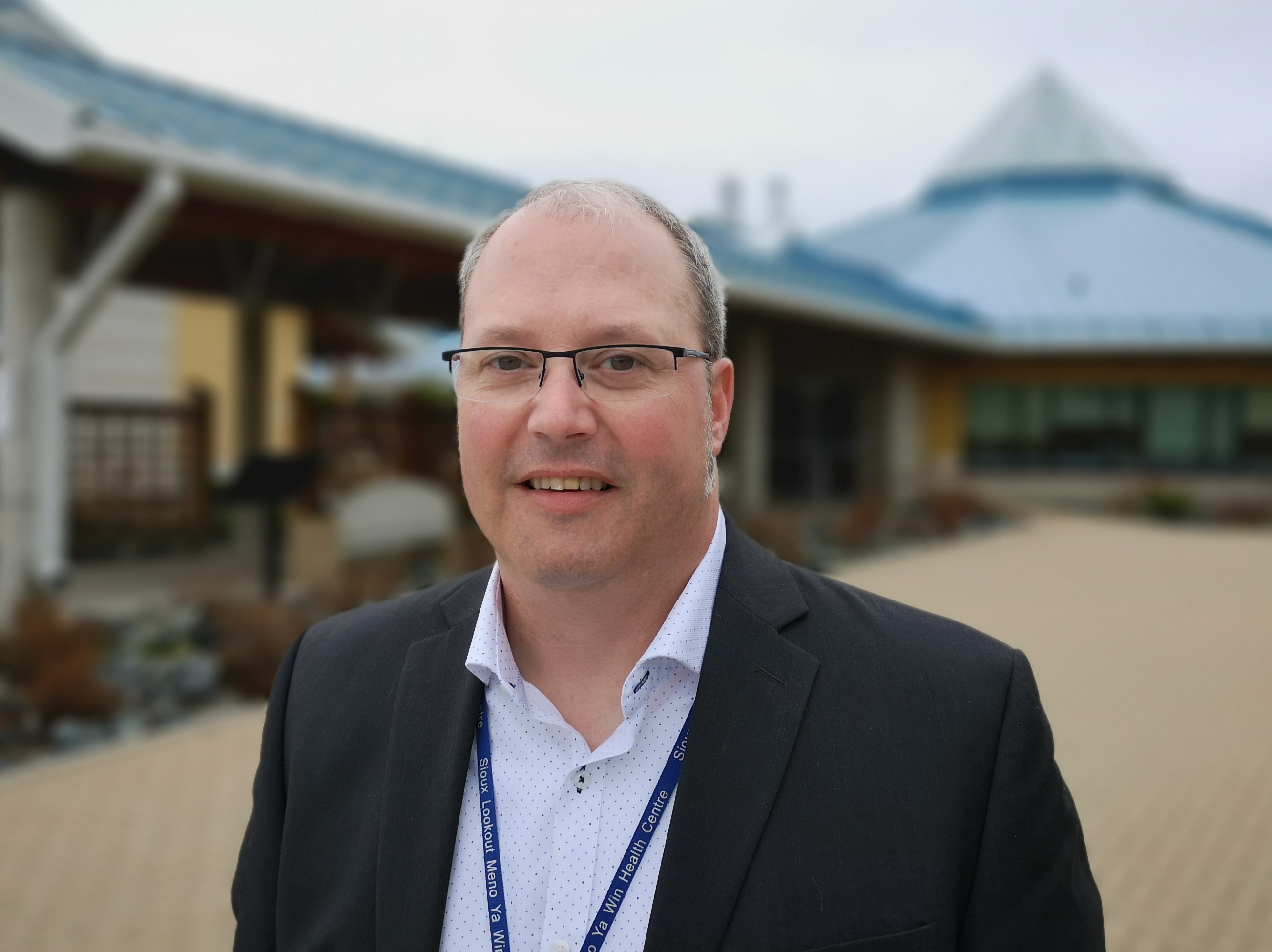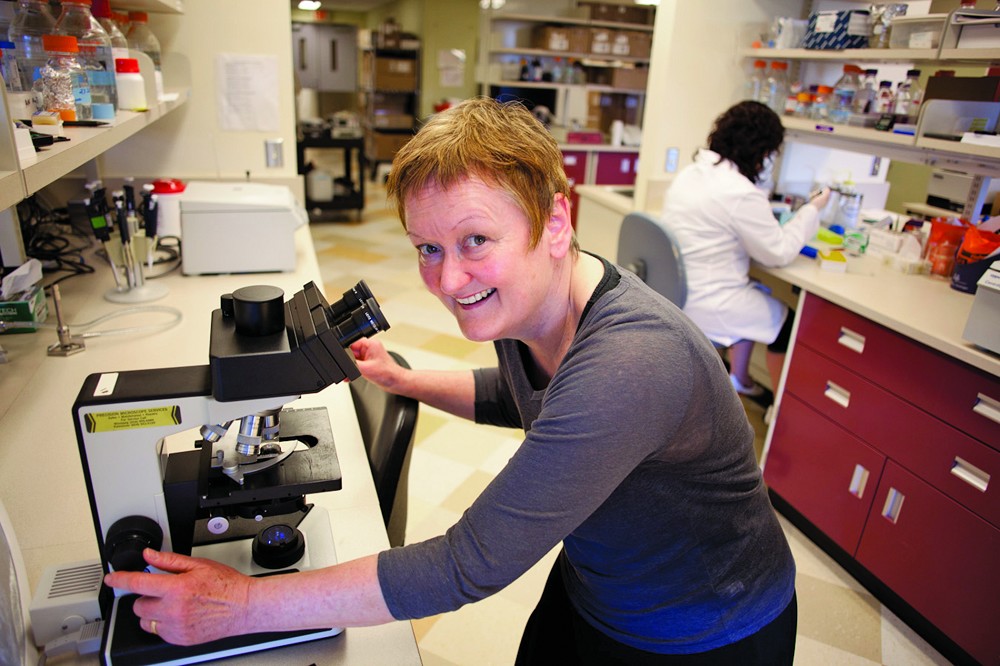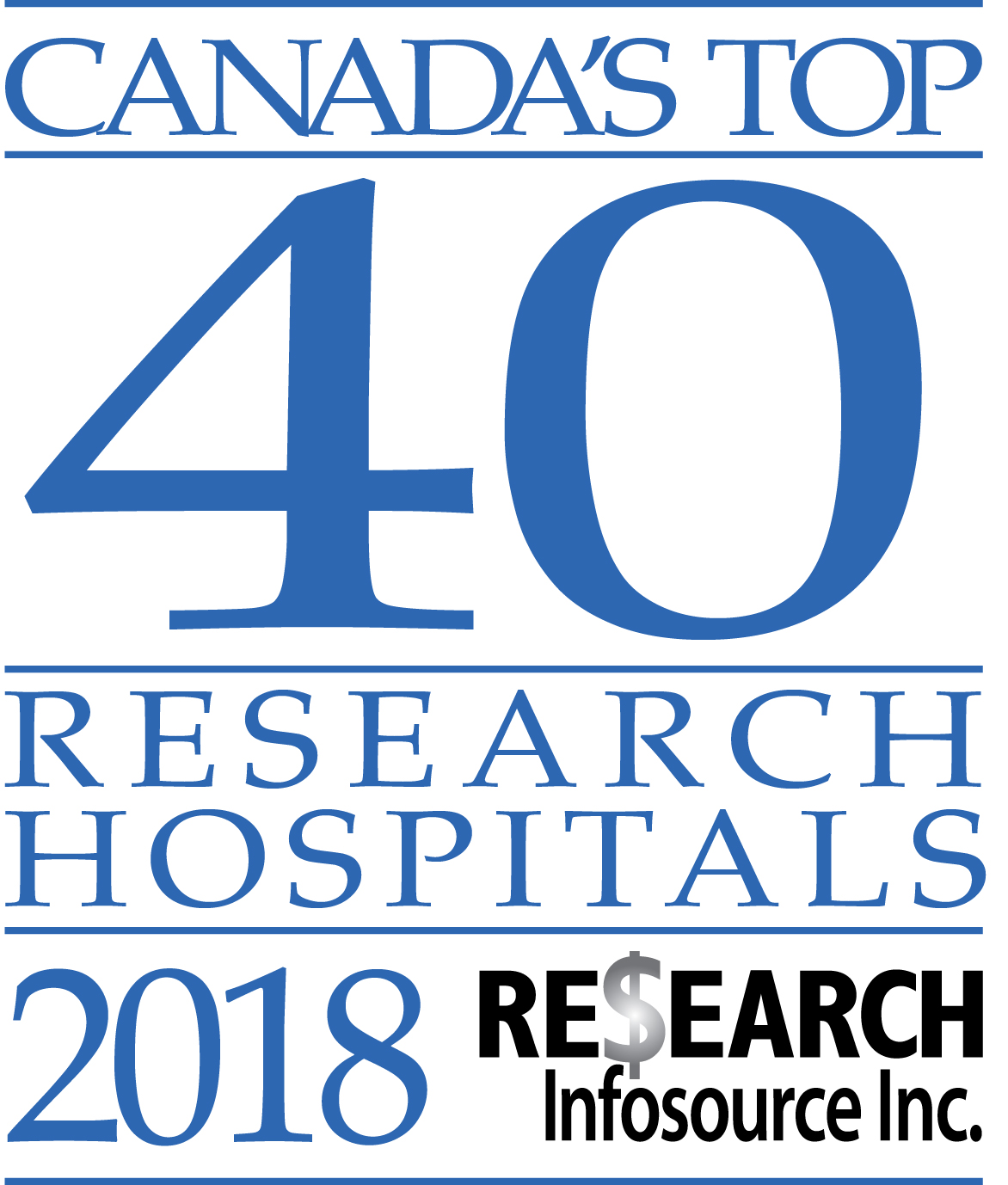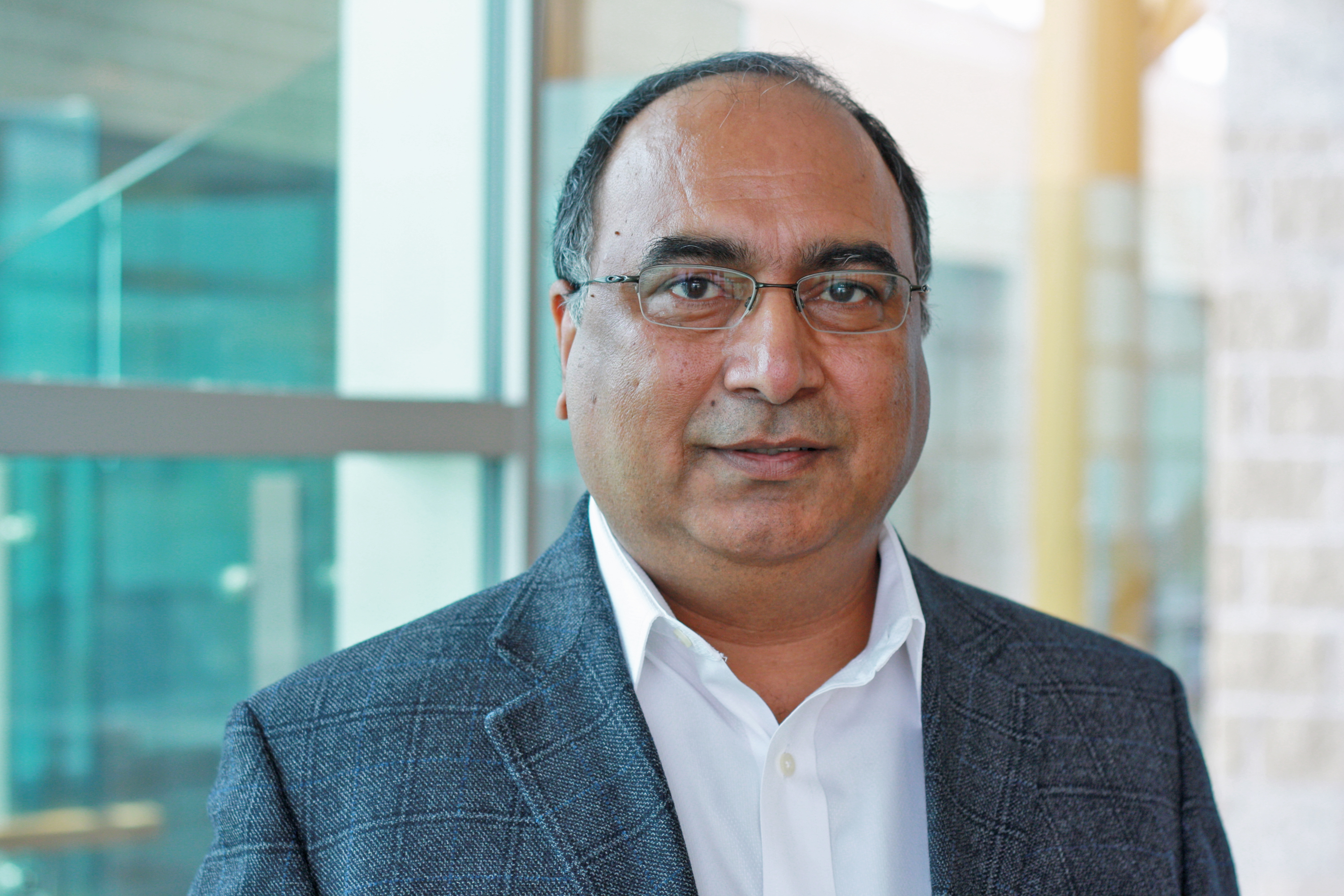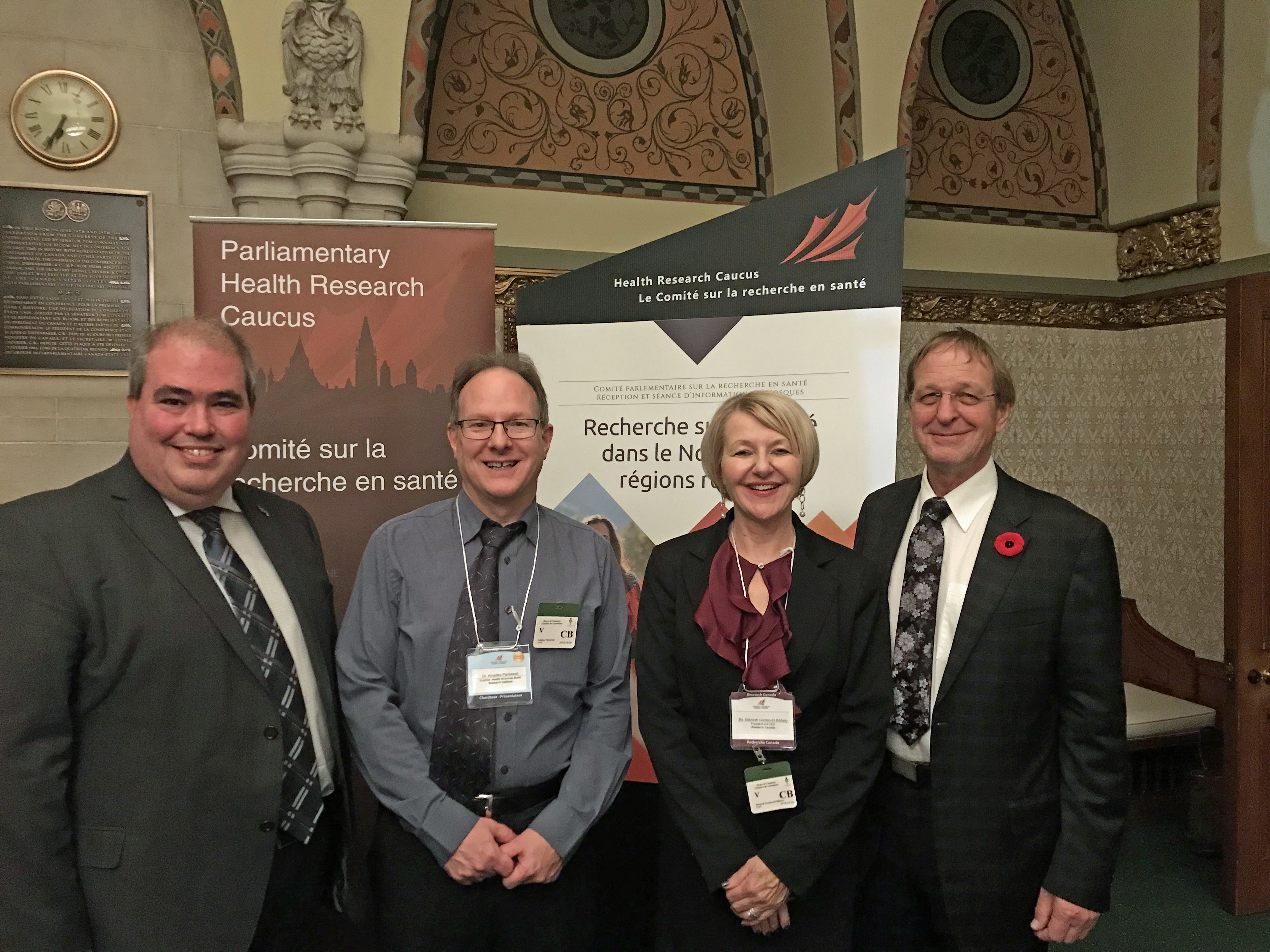Northwestern Ontario health care is unique in that we must collaborate with various institutions and agencies strewn over a vast area to effectively meet the health care needs of our region. Likewise, far-reaching partnerships in health care research are just as essential. They allow us to share diverse knowledge and resources which ensure a depth of study that better pinpoints region-specific solutions and develops greater capacity for discovery.
Research that is initiated, designed, and implemented by local investigators can best inform and advance optimal health care delivery for the people of our region and beyond. So it goes without saying that our many communities play a vital role in assisting scientists, scholars, and researchers in the development of locally relevant health care research. Such locally focused research can lead to new understandings or promote necessary changes that will increase regional capacity and innovate program development.
The Thunder Bay Regional Health Research Institute is distinct in its approach to health care research: from scientist initiated research, to educating and training in health care delivery, to developing the means to identify and investigate areas of health care concern, to collaborating with others to enhance health care on local, national, and international stages.
Becoming a member of the Health Research Institute Board of Directors will allow me to better assist in the research needs of our region by, in the continued spirit of collaboration, lending my own knowledge to research institute scientists and, in turn, utilizing the expertise of my fellow board members.
About Andrew Ross
Andrew Ross is the Manager of the Anishnaabe Bimaadiziwin Research Program, a collaboration of the Sioux Lookout Meno Ya Win Health Centre (SLMHC) and Sioux Lookout First Nations Health Authority (SLFNHA). He has experience with the design and implementation of educational and health care research programming in the Sioux Lookout region, including collaboration between First Nations communities, health care centres, and universities from across Ontario. Andrew oversees and assists researchers with navigating the research review and ethics process for both SLMHC and SLFNHA.
Prior to working in Northwestern Ontario, Andrew served as Assistant Dean at the Memphis College of Art (MCA) in Memphis, Tennessee where he oversaw institutional effectiveness, institutional research, academic advising, and served as a Master of Fine Arts (MFA) faculty member and advisor.
Andrew holds a BA and BEd from Lakehead University and a MFA from MCA.
Under Andrew’s leadership, the Anishnaabe Bimaadiziwin Research Program strives to create a culture of inquiry that will foster relevant research, both locally and regionally, to better inform health care providers and act as a catalyst in promoting excellence in optimal health care delivery. The Research Program seeks input from numerous outside partners and agencies, including First Nations tribal councils and communities, and is continually developing opportunities and partnerships to expand research programming that includes community-based research models.

